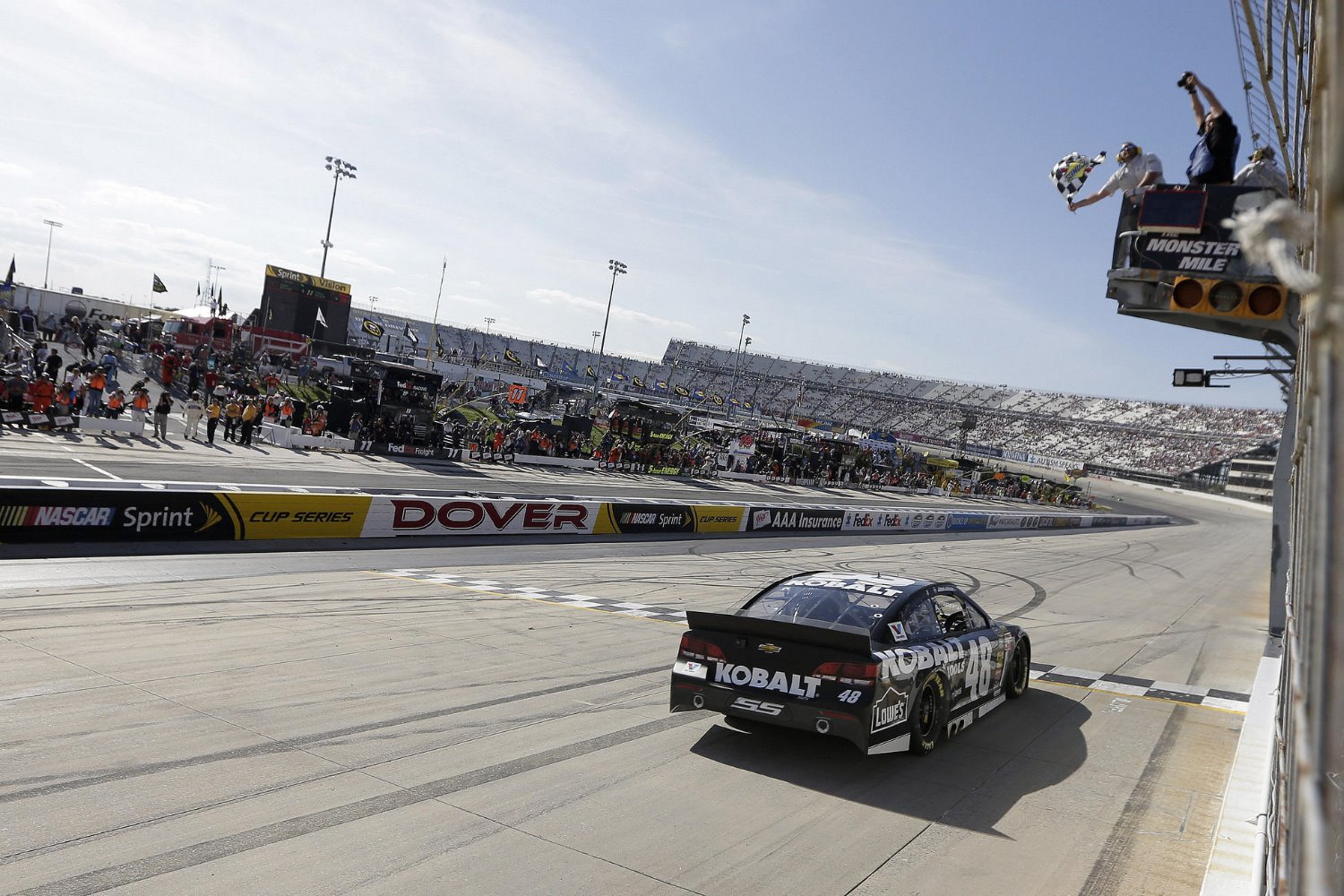NASCAR TV Ratings continue to drop
 |
| At some tracks like Dover, attendance is way down. Coupled with falling TV ratings, NASCAR, like other forms of USA motorsports are losing popularity because the youth of America have lost their love affair with the automobile |
Considering the fact that the NASCAR weekend at the Kansas Speedway was the beginning of round two of the Chase elimination process, one would have speculated that the television ratings would have been somewhat of a numbers windfall.
Unfortunately, that was not the case. According to Nielson Media, who has been tracking television ratings numbers for decades, the ratings for ESPN's live broadcast of the October 5th Sprint Cup race at Kansas were a disappointment.
Despite the pre race drama, regarding how Kansas could impact the Chase contenders, and the on track drama that developed throughout the day, the race logged a 2.3 U.S. household rating which translated to 3.6 million viewers. These figures were surprisingly down from last year's event which logged a 2.6 rating with 4.1 million watching.
The news wasn't any better following ESPN's October 4th live broadcast of the NASCAR Nationwide Series event at Kansas which logged a 1.0 rating and 1.5 million viewers. The numbers from last year's race was a 1.1 rating with 1.6 million watching.
It would be very easy to point a finger at the massive college football and NFL schedules that were broadcast live on both days. The ratings competition from football has been intense for several years now. However, the fact of the matter is: there has been a downward trend in NASCAR's overall television ratings that began long before football season began.
From the first race of the 2014 season, last February's Daytona 500, to the recently completed race at the Kansas Speedway, the NASCAR Sprint Cup Series has ran 30 official points paying events.
From that number of races, only six of them has garnered a ratings increase. Those races were: the June event at Pocono, the road course races at Sonoma and Watkins Glen, the August race at Michigan as well as the September races at Chicagoland and New Hampshire.
In all fairness, it needs to be pointed out that weather had an impact on the ratings for some of these events. For example, the Daytona 500 garnered 9.3 million viewers this year compared 16.7 million last year. This was largely due to last February's rain delay that lasted six hours and 22 minutes. Also impacted was the July race at Daytona which began on a Saturday night and finished on Sunday afternoon also due to rain.
To television network executives, these ratings numbers are important for another reason beyond counting who's watching their product. Rating numbers also play a role in determining their future advertising rate packages.
It's safe to assume that ratings have been the subject of conversation between NASCAR and its network broadcast partners. Rightfully so, this is business that seriously needs to be taken care of.
